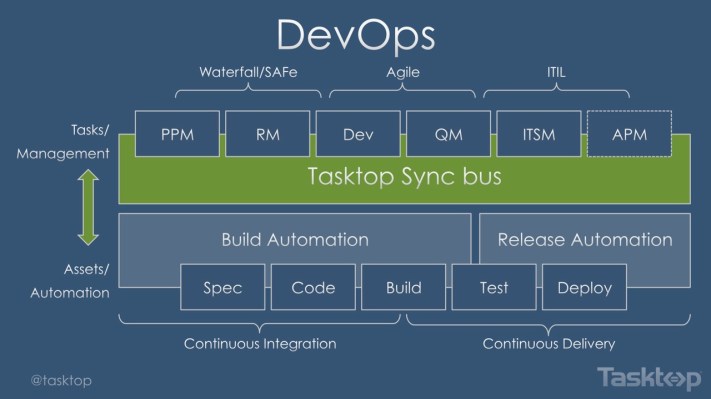TaskTop has raised $11 million to expand sales and marketing for its software development toolkit integration technology.
The company, with offices in Vancouver, B.C. and Austin, was bootstrapped for its first seven-and-a-half years before taking on this first round of outside capital co-led by the Texas-based Austin Ventures and Canadian investment firm Yaletown Venture Partners.
TaskTop’s founder and chief executive, Mik Kersten, initially created the company’s software as an open source project, Eclipse Mylyn, which was the fruit of years of university research.
“We developed an open source project as a way for developers to collaborate with each other,” Kersten says. “We then created a commercial development tool around it.”
When Kersten was researching for his doctorate, the serial entrepreneur noticed that there were fundamental limitations to the development and movement of large software within an organization.
Now, the proliferation of tools for different aspects of the software development process, which accelerate the speed of development at each discrete step in the development process, bog down organizations when they’re trying to communicate changes that happen as the code is developed and tested along the way.
“There are ten different tools in a [development operations] chain, each trying to be GitHub, and none of them work together,” Kersten says.
Enter TaskTop. The company’s flagship product, Tasktop-Sync, improves software delivery by automating synchronization among application development tolls like requirement management, test management, agile project management, project and portfolio management and service desk tools.
As a result of the commitment from Austin Ventures and Yaletown Venture Partners, John Thornton, a general partner with Austin Ventures, and Mike Satterfield, a partner at Yaletown Venture Partners, will both take seats on the company’s board.
The company sells through OEM relationships with companies including Computer Associates, HP, IBM, and Microsoft, and already has roughly 1,000 customers using its software.
“We have been able to create a common data model for the whole life cycle to make the end systems to talk to each other,” says Kersten.
